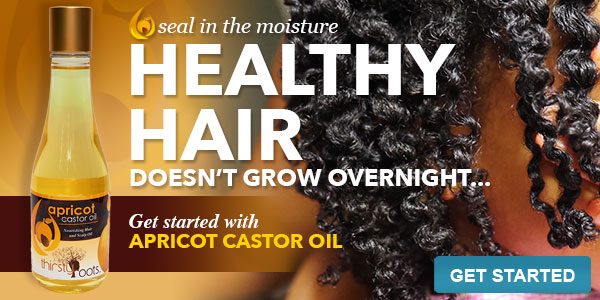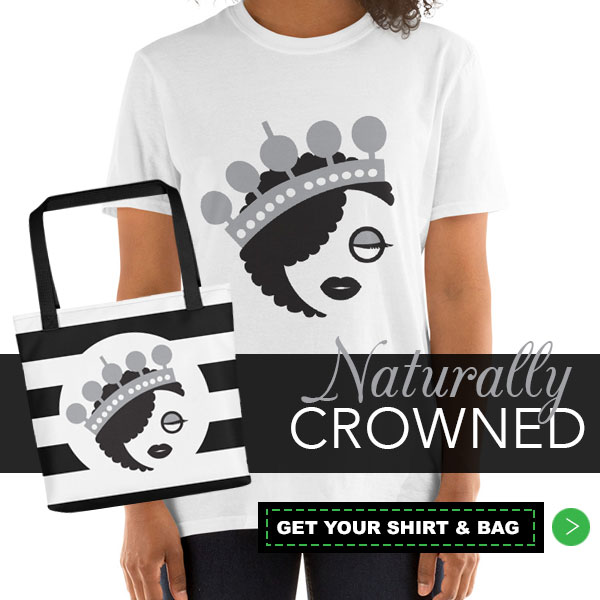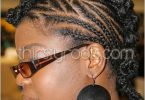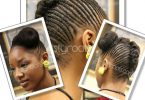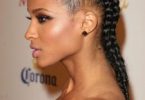The wide catalog of cornrow styles goes back for hundreds, and even thousands of years. You can actually find evidence of this custom in civilizations that date back to ancient Africa, Egypt, and Nigeria. The detailed weaving has been seen in hieroglyphs and sculptures dating back as far as 500 B.C. Even the great and mysterious Sphinx has braids cast down the back of his head.
You have probably seen these hairstyles before, but never thought about the amount of work that goes into it. They are a series of hair strands that are braided tightly and close to the scalp with an upward, underhand movement. The basic desired result is to collect larger braids in straight rows, but many other designs have been used throughout history. One reason why they are so popular is because after you invest the time to put them in, they can stay in for as long as a month. You can continue to wash them like normal hair with an occasional oil application to the hair and scalp to keep them well conditioned.
With the African tradition as a base for this hairstyle, it is sometimes common to see beads or shells braided in as well. Obviously these additions were determined by regional and community preferences more, but now are part of a growing trend that provides personal style and cultural relevance. However, as ancient as this style is, it didn’t truly start to find popularity until the 1960’s when the Black Pride Movement swept through North America, awakening the African soul of many American citizens. Once this began to take hold, it was very common to see more styles that celebrated the particular nature and texture of African hair.
Later, when the Civil Rights Movement created a more organized liberation front, African American entrepreneurs began to start businesses that were designed in anticipation of the growing resurgence of cultural identity. Salons and beauty shops that are familiar with the painstaking practices and procedures are some of the most successful small business, especially in areas populated by black Americans.
Ironically, the recent expansion of the rap and hip hop entertainment world has helped to increase the demand for more cultural identity. Recording artists performing in music videos and posing in photo spreads are often seen with traditional African-inspired hairstyles, partly because they are indeed very interesting and partially because it keeps them in touch with their roots. They are also a creative way to express individuality.


